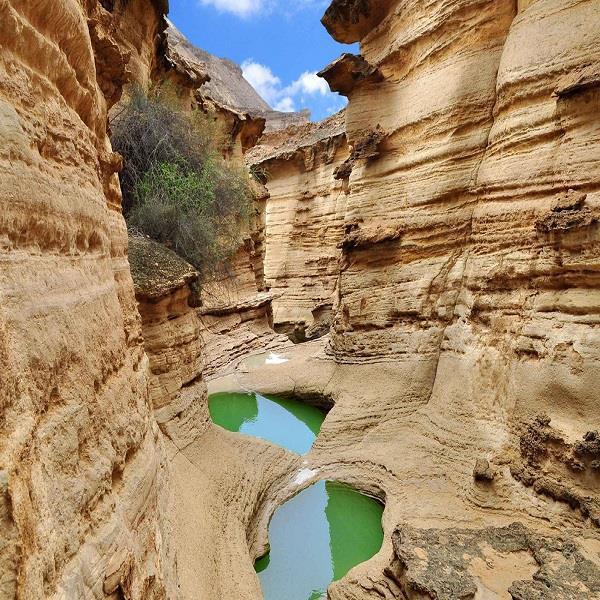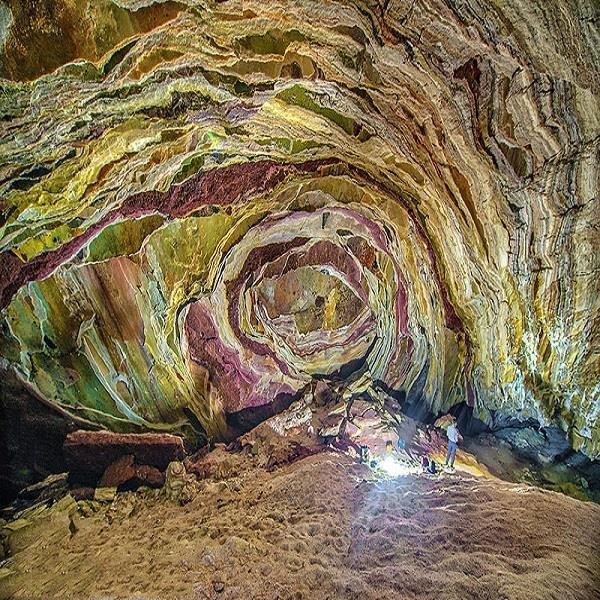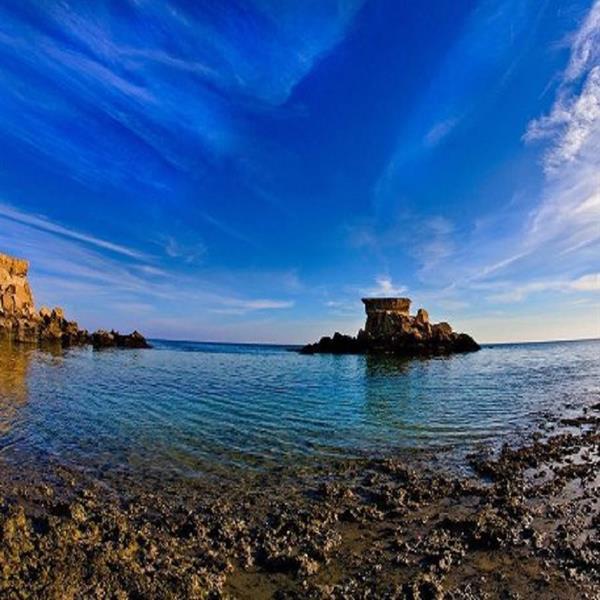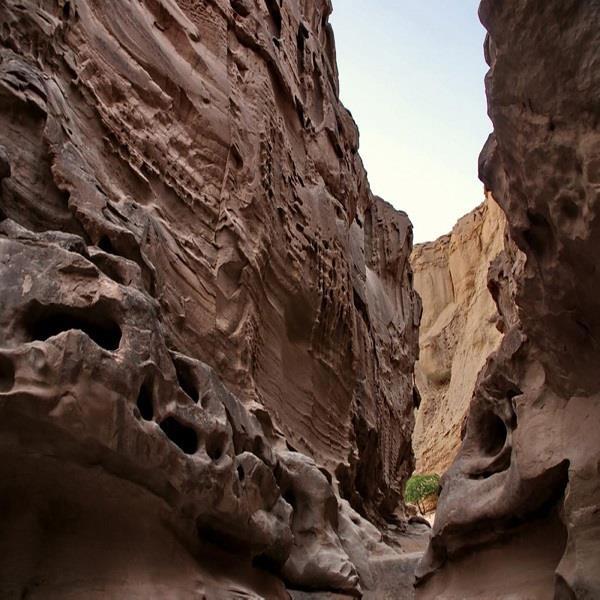Qeshm Island
one of the biggest island in the strait Hormoz, that has the fantastic wildlife and many outstanding cultural and natural attraction for tourists is Qeshm Island. Here is also home to some interesting traditional culture that you won't find in the anywhewre of Iran. It's Located in the Persian Gulf, visitors can reach there by ferry or flight, which Iran's second free trade zone and a unique tourism hub. This island in Iran is very popular with local tourists as it is a duty-free zone but it's amazing geological, natural and cultural sights are making it more and more famous with international tourists. One entire half of the island has been named a UNSECO World Heritage site and offers some eye catching natural wonders.

Description
Qeshm was known as Abarkawan in Sassanid times when it was an important trade and navigation center. It continued to flourish after the advent of Islam when trade ships traveled between Qeshm and India, China and Africa. It is one of the largest islands in the world, that has include of the historical and trade attraction. Due to its position, Qeshm has been of high strategic importance for many centuries. In fact, the Portuguese conquered and ruled it for about 200 years and this is why, today, it still has an ancient Portuguese fortress and some streets even have Portuguese names. It is situated about 22 km far from Bandar Abbas at the entrance of the azure waters of Persian Gulf in the strait of Hormoze. It occupies an area of 1500sq km (136km long and 12.5km as average width). From the Geology point of view, where is on the wrinkled region containing the Zagros mountain range most of whose hills and heights are of the calcareous type with sharp cuts.
Unlike most people in Iran, the natives of here are Sunni Muslims; physically, Qeshm Island's people look more like Arabs and, actually, many of them speak an Arabic dialect. From Sunni-shaped minarets to a local cuisine based on seafood and wind towers to protect themselves from the heavy heat, this island is a completely different world from the other regions of Iran. But, perhaps, the most distinctive thing is the way the local women dress, in such colorful abayas and wearing peculiar masks. They claim the reason they wear them is more cultural than religious, which could actually be true.
Qeshm Island Attractions
One of the amazing attractions of Qeshm that located on the southern coast of island is Naz Island which, at low tide, you can stroll on the soft sand full of colorful seashells and coral. Another sight is Hara Forest, that is situated behind Qeshm’s northern, this forest is an 8,000-hectare biosphere reserve of mangroves, or hara as they are known locally. The other eye catching attraction is Hengam island, that situated south of island, where the travelers boats stop to see the dolphins play in the early morning. About the Stars Valley, Locals believe that a star once fell on this area, through creating the rocky shapes that make it seem as if from another planet. Laft port is situated next to Hara Forest. Even though Yazd is most often thought of as the city of badgir (windcatchers), an ancient Persian architectural structure used to create natural ventilation, a glampse at the panoramic skyline of this monumental port is proof of a rivalry. Near to Laft port is a ship-building yard. At 6,850 meters long, Namakdan, literally salt shaker, which is the longest cave in the world and is situated in the southwestern part of the island, the cave is a result of sea water collecting in the faults.The Portuguese Castle at island built by Portuguese commander Alfonso de Albuquerque in 1507, which is a remnant of Portugual’s colonial rule in Persian Gulf. The thick walls of this red stone castle were built over 200 years ago to safeguard Portuguese soldiers from potential local riots.The Bibi Ab-Anbar (cistern), the historical Laft Port where the Lanj boats used by the inhabitants of southern Iran to sail, trade and fish on the Persian Gulf are made and the Achaemenid era (550-330 BC) Gooran Dam are some of the historical attractions. The last attraction is Chahkooh Canyon, or Chahkooh Valley,which is located in the Chahu-ye Sharqi village about 70 Kilometers off Qeshm. The Canyon goes about 100 meters deep into the ground at there, you can see a wide range of sedimentary rocks and their erosion in magnificent shapes on the walls and in cavities.
Island's Weather
The island has semi-equatorial climate that most of year is hot and humid. It is included among the hot and dry lands, while the relative humidity rate in Qeshm is high: the temperature is always higher than 0°C and its average varies from minimum of 22°C to maximum of 31°C, you can experience pleasant falls, mild winters and springs, and very hot summers, the temperature, during summer reaches to 50°C.
Souvenirs and Handicrafts
This island is not only a amazing place for exploring untouched nature but also is home to a whole variety of local foods and cuisine. well known “khorma” in persian, dates are typical products of the island due to its warm and humid climate.
Among the most important handicrafts of Qeshm people are lemongrass doubt, embroidery and so on. It can be said that lamination is the oldest organized and regulated industry of Iran’s southern islands. An embroidered Glabeton embroidery is a traditionally indigenous occupation of beaches and islands where art is sewn to beautiful designs and embroidered with gold band strips and decorated for women and more on local scarves and pants. José Embroidery is another handicraft in the area, with a silver band crossing the width varying from mesh to fabric or custom designs. In Jose, the silver band is mostly used on a scarf, locally called “front fossil”.
Weaving is one of the most important handicrafts of the people in this area and throughout the southern part of Iran. Leafy branches of date palm are used to make the catheter. They attach leafy branches to ropes woven from palm leaves and are used to cover residential homes. In the not too distant past, crop leaf products have been one of the exporters of the Sheikhs to the south, but now their production is very low and mostly consumed.




